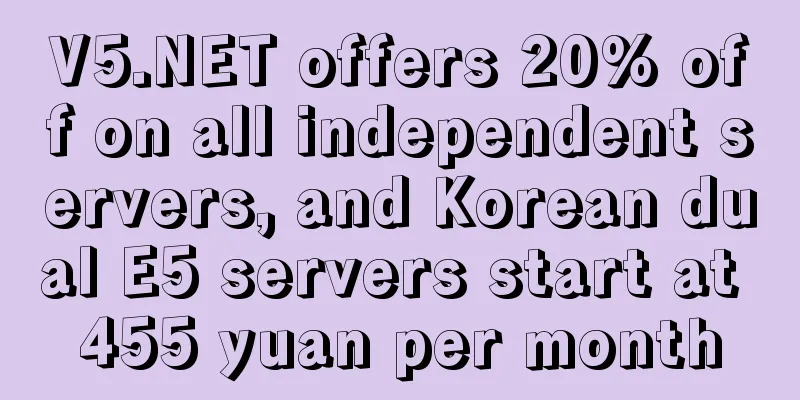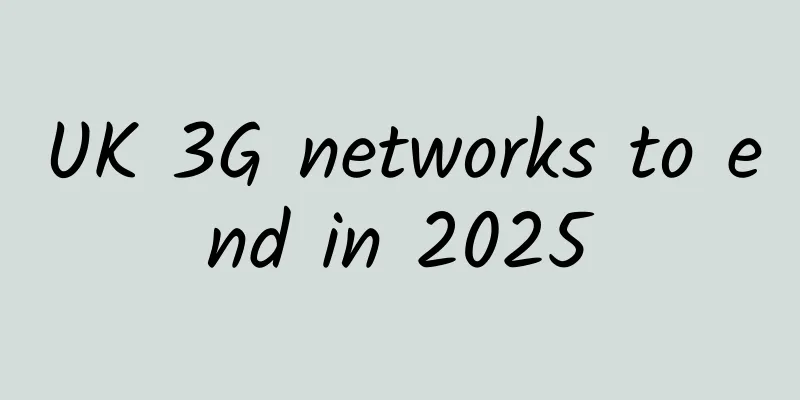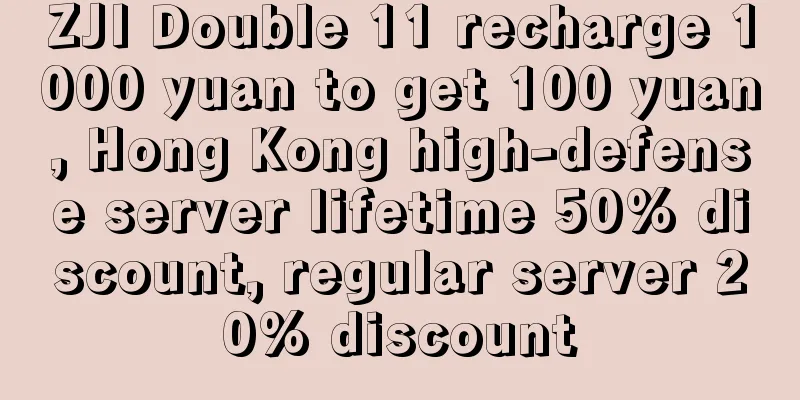Huawei Cloud EI focuses on three basic research innovations to help industries upgrade to intelligence

|
On July 27, Huawei Cloud held the TechWave AI Day, discussing cutting-edge AI technologies, industry best practices, and how to promote inclusive AI with representatives from government, enterprises, research institutions, and academia. Huawei Cloud announced that it will focus on continuous technological innovation in the three major areas of computer vision, decision optimization, and speech semantics, and released the industry's first AI training and reasoning edge station solution - Huawei Cloud ModelArts Edge Intelligent Station, to help the industry upgrade to intelligence with AI's surging technological innovation. Technological innovation in three major areas supports the implementation of the AI industry In order to better enable industrial upgrading, Huawei Cloud EI continues to deepen AI basic research and practical applications to create AI that understands the world better. Tian Qi, chief scientist in the field of artificial intelligence at Huawei Cloud, introduced that since 2020, the research team has achieved many world firsts in image classification, image classification in weakly labeled scenarios, image detection, multimodal data processing, speech semantics and other fields. Huawei Cloud EI's basic technology research mainly includes three aspects: First, computer vision allows computers to understand everything in the world like humans, to better understand actual scenarios, and ultimately free up human labor to perform more tasks. At the same time, the number of papers published by Huawei's computer vision team in the three major computer vision conferences CVPR, ICCV, and ECCV in the past two years has entered the world's first echelon, providing Huawei Cloud EI with internationally leading technical support in the field of AI computer vision. Using leading image classification technology, HUAWEI Cloud has upgraded traditional stores into unmanned stores, making shopping more convenient for consumers and making store operations more efficient. With the help of efficient image segmentation algorithms, the HUAWEI Cloud EI team has worked with partners to provide medical imaging AI-assisted diagnosis services in the fight against the COVID-19 pandemic. Second, decision optimization allows computers to think and make decisions like humans. Under the premise of using the minimum cost, the best decision-making plan can achieve the maximum benefit output and gain more profits for the enterprise. After Huawei Cloud EI helped Shenzhen Airport deploy AI intelligent scheduling solutions, the bridge docking rate increased by 10 percentage points. Millions of passengers at the airport do not need to take shuttle buses every year, each jet bridge can guarantee one more flight every day, and the rolling adjustment of aircraft stands takes only 10 seconds. Third, voice semantics allows machines to understand and read human language, absorb knowledge and understand knowledge. Through the processing and precipitation of knowledge, knowledge can be involved in computing, helping humans solve problems and improve efficiency. Huawei Cloud EI, based on artificial intelligence technologies such as natural language processing and knowledge graphs, helps China National Petroleum Corporation build an exploration and development cognitive computing platform, achieve well logging interpretation compliance rate at the expert level, and help experts save 70% of their time. At the conference, HUAWEI Cloud released the industry's first AI training and reasoning edge station solution - HUAWEI Cloud ModelArts Edge Intelligent Station. Tian Qi, Chief Scientist of Huawei Cloud Artificial Intelligence, said: "With more than a decade of experience in the industry, Huawei Cloud EI has integrated core technology innovations in computer vision, speech semantics, and decision optimization into the one-stop AI development and management platform ModelArts. In addition, we have launched ModelArts Edge Intelligent Station to meet the needs of distributed development and computing in AI application scenarios." As an extension of the ModelArts platform service on the edge side, the ModelArts Edge Smart Station has the ability to deliver complete ModelArts platform services in an integrated full-stack manner. The ModelArts platform maintains three unifications: unified hardware platform, unified software architecture, and unified platform services. Users can complete the distribution of training jobs on the cloud, while data storage, training, and reasoning are all completed in the customer's room. At the same time, the service capabilities of the Smart Station are synchronized with Huawei Cloud, and can be smoothly expanded and quickly synchronized with Huawei Cloud capabilities according to business scenarios. In terms of operations, access to the Huawei Cloud Operation and Maintenance Center through a dedicated line to achieve unified operation and maintenance. Jia Yongli said: "We hope to jointly develop relevant AI courses based on the ModelArts development platform with 150 colleges and universities within five years; in the next three to five years, more than one million developers will be able to truly use AI and know how to use AI." Discussing Huawei Cloud EI City Intelligence to help industrial intelligence upgrade At the high-end dialogue session of Huawei Cloud TechWave Artificial Intelligence Special Day, Jia Yongli, President of Huawei Cloud Artificial Intelligence, Xu Wei, Director of the Traffic Police Bureau of Shenzhen Public Security Bureau, Li Shipeng, Executive Dean of Shenzhen Institute of Artificial Intelligence and Robotics, Academician of the International Eurasian Academy of Sciences, and IEEE Fellow, and Liu Bing, Professor and Doctoral Supervisor of the First Affiliated Hospital of Xi'an Jiaotong University, exchanged views on the topic of "AI benefits thousands of industries and promotes industrial upgrading", and shared the application practices and future trends of Huawei Cloud EI City Intelligence in various industries.
High-level dialogue session (from right to left: Jia Yongli, President of Huawei Cloud Artificial Intelligence, Li Shipeng, Executive Director of Shenzhen Institute of Artificial Intelligence and Robotics, Academician of International Eurasian Academy of Sciences, IEEE Fellow, and Xu Wei, Director of Shenzhen Municipal Public Security Bureau Traffic Police Bureau) Jia Yongli, President of Huawei Cloud Artificial Intelligence, said, "The implementation of artificial intelligence in the industry needs to solve three major problems. First, the industry must truly realize that AI can enter core production and core applications and play a role; second, effective data must be supplemented to truly implement AI; third, industry knowledge and AI must be combined to be effective. Huawei Cloud EI will continue to empower enterprises, governments, institutions and other organizations, and help the industry cultivate AI talents, effectively combine industry knowledge accumulated over the years with AI, and help the industry upgrade to intelligence." To date, Huawei Cloud EI has implemented and practiced artificial intelligence in more than 600 projects in more than 10 industries across the country, helping cities, transportation, medical care, steel, textiles, energy, finance and other industries to upgrade to intelligence. Xu Wei, director of the Traffic Police Bureau of the Shenzhen Public Security Bureau, said that the Shenzhen traffic police are applying artificial intelligence and 5G technologies to traffic law enforcement, congestion control, and command. The Shenzhen traffic police and Huawei Cloud have cooperated to launch a traffic light timing solution based on AI, big data and other technologies, which has been deployed to about 200 intersections in the city. Preliminary results show that the traffic capacity of intersections can be increased by about 10% during peak hours. It is planned that in the next few years, more than 2,000 intersections in Shenzhen will be connected to the system to comprehensively improve the traffic capacity of intersections in the city. Li Shipeng, Executive Director of Shenzhen Institute of Artificial Intelligence and Robotics, Academician of International Eurasian Academy of Sciences, and IEEE Fellow, said: "In the next few years, various AI applications serving cities will explode. We need to break through various data barriers, build public service platforms while protecting user privacy, and use AI and big data to provide more convenient services for people's lives. Of course, not all companies and institutions need to build their own AI platforms from scratch. The task of platform companies such as Huawei Cloud is to integrate common key technologies and empower other application companies." In the future, Huawei Cloud EI will continue to productize cutting-edge AI algorithms and open them to AI developers in various industries, driving industrial intelligence upgrades through technological innovation. |
Recommend
How can the chip industry survive in the era of the Internet of Things?
After the industrial revolution, the computer age...
Latest version of Riverbed SteelCentral performance monitoring platform released
Riverbed Technology recently announced that the l...
Huawei aims to be a smart city incubator providing basic energy
During the just concluded National People's C...
Ruizhi Big Data: Injecting Intelligent Genes into Dual-State IT
In the summer of 2019, a set of data about China&...
Internet Service Providers, how much do you know about the terminology?
To fully understand the network and its capabilit...
DiyVM: Los Angeles/Hong Kong/Japan XEN architecture 2G memory monthly payment starting from 69 yuan
Tribe has shared information about DiyVM many tim...
Xentain: $1.25/month-1GB/15GB SSD/1Gbps unlimited traffic/Fremont data center
New merchant, mainly with the discount code, the ...
2021 Apps UP Competition | Huawei Chen Lifang: The stars will never fade, let’s walk hand in hand
[Beijing, June 10] The 2021 Huawei HMS Global App...
How to promote digital transformation? American communications giant AT&T teaches you a few tricks!
[[424222]] Legacy systems are as much a drag on t...
AlphaVPS: €2.99/month-AMD Ryzen, 1G RAM, 15G NVMe hard drive, 1TB monthly bandwidth, Los Angeles/Bulgaria data center
AlphaVPS is a foreign hosting company founded in ...
What is Wi-Fi and why is it so important?
The ubiquitous wireless technology Wi-Fi has beco...
In the first interview of Byte, I was asked two classic questions! Do you know what they are?
Hello everyone, I am Xiaolin. A reader of FaceByt...
Easy to understand, this article will introduce you to the HTTP protocol?
1. What is http? Http protocol is Hypertext trans...
The Dilemma and Hope of SRv6
Operators have been fighting "pipelining&quo...
Fiber pre-entry: A new strategy to accelerate FTTH deployment
With the progress and development of human societ...









